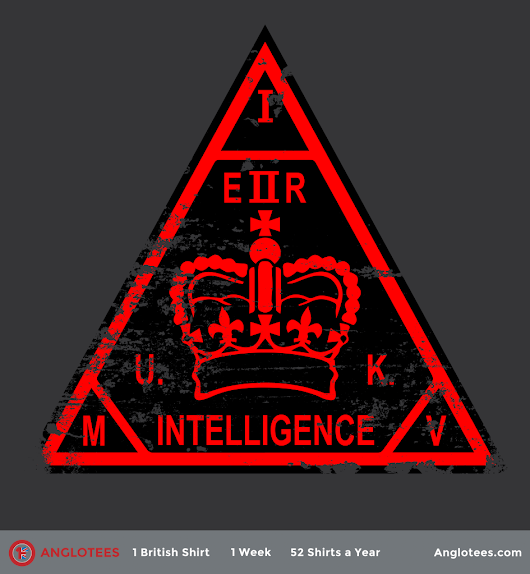.Former CIA Chief of Disguise Breaks Down Cold War Spy Photography | WIRED > .
Former CIA Chief of Disguise Breaks Down Cold War Spy Gadgets | WIRED > .
Former CIA Chief of Disguise Breaks Down Cold War Spy Gadgets | WIRED > .
Minox is a manufacturer of cameras, known especially for its subminiature camera.
The first product to carry the Minox name was a subminiature camera, conceived in 1922, and finally invented and produced in 1936, by Baltic German Walter Zapp. The Latvian factory VEF (Valsts elektrotehniskā fabrika) manufactured the camera from 1937 to 1943. Walter Zapp originally envisioned the Minox to be a camera for everyone requiring only little photographic knowledge.
The first product to carry the Minox name was a subminiature camera, conceived in 1922, and finally invented and produced in 1936, by Baltic German Walter Zapp. The Latvian factory VEF (Valsts elektrotehniskā fabrika) manufactured the camera from 1937 to 1943. Walter Zapp originally envisioned the Minox to be a camera for everyone requiring only little photographic knowledge.
Zapp became friends with Nikolai 'Nixi' Nylander and Richard Jürgens, and it was through discussions with these friends that the idea of a camera that could always be carried came to him. ... Jürgens funded the original project but was not able to get support in Estonia for production. Jürgens contacted an English representative of the VEF (Valsts Elektrotehniskā Fabrika) electrotechnical manufacturing business in Riga (by then independent Latvia) who then arranged a meeting where Zapp demonstrated the Minox prototype (UrMinox), with a set of enlargements made from Ur-Minox negatives. Production began in Riga at VEF, running from 1937 until 1943. In the same time, VEF had received patent protection on Zapp's inventions in at least 18 countries worldwide.
Shortly after its introduction, the Minox was widely advertised in The European and American markets. It did not surmount the popularity of 35 mm cameras (which were then referred to as "Miniature Cameras"), but did achieve a niche market. In part due to its high manufacturing costs the Minox became more well known as a must-have luxury item. From the start the Minox gained wide notoriety as a spy camera. The close-focusing lens and small size of the camera made it perfect for covert uses such as surveillance or document copying. The Minox was used by both Axis and Allied intelligence agents during WW2. Later versions were used well into the 1980s. An 18-inch (460 mm) measuring chain was provided with most Minox subminiature cameras, which enabled easy copying of letter-sized documents.
Shortly after its introduction, the Minox was widely advertised in The European and American markets. It did not surmount the popularity of 35 mm cameras (which were then referred to as "Miniature Cameras"), but did achieve a niche market. In part due to its high manufacturing costs the Minox became more well known as a must-have luxury item. From the start the Minox gained wide notoriety as a spy camera. The close-focusing lens and small size of the camera made it perfect for covert uses such as surveillance or document copying. The Minox was used by both Axis and Allied intelligence agents during WW2. Later versions were used well into the 1980s. An 18-inch (460 mm) measuring chain was provided with most Minox subminiature cameras, which enabled easy copying of letter-sized documents.
It attracted the attention of intelligence agencies in America, Britain, Germany, and most of the Eastern Bloc (East Germany, Romania) due to its small size and macro focusing ability. There is at least one document in the public record of 25 Minox cameras purchased by the US Office of Strategic Services intelligence organisation in 1942.
Ironically during WW2 production of the Minox was put in jeopardy several times as Latvia fell victim to invasion by the Soviet Union, then Germany, and then by the Soviets again. Cameras were produced under both Russian and German occupation nevertheless, and the camera became both a luxury gift item for Nazi leaders as well as a tool for their spies. In the meantime, Zapp and his associates protected their interest in the product by searching for alternative production facilities in Germany.
After WW2, the camera was redesigned and production resumed in Germany in 1948. The Soviet spy John A. Walker Jr., whose actions against the US Navy cryptography programs represent some of the most compromising intelligence actions against the United States during the Cold War era, used a Minox C to photograph documents and ciphers. The espionage use of the Minox has been portrayed in Hollywood movies and TV shows, and some 1980s Minox advertising has played up the "spy camera" story.


